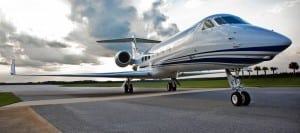
SAVANNAH, Ga.--Northrop Grumman [NOC] is deciding whether to use a radar sensor of its own or one from Raytheon [RTN] for wide area surveillance activities on its Joint Surveillance Target Attack Radar System (JSTARS) recapitalization offering, a company official said Wednesday.Northrop Grumman Vice President and IPT Leader for Next Generation Surveillance/Targeting Alan Metzger told reporters Northrop Grumman is considering Raytheon's sensor instead of just using its own because "at the end of the day," it's about putting together the best…













